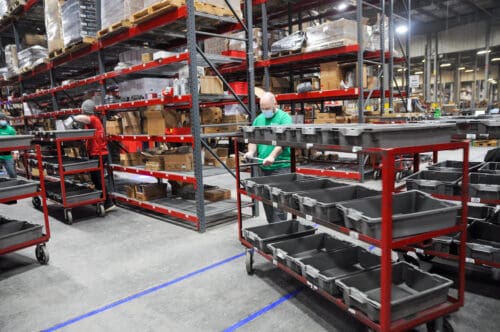In an ideal world, your eCommerce would have a return rate of zero. However, returns are unavoidable when you sell online. That’s why you need a robust reverse logistics operation.
Return rates for eCommerce shops are more than double the rates for brick-and-mortar stores. How you handle eCommerce returns could make a big difference in your profit margin. We’ve put together everything you need to know about reverse logistics definition, systems, and solutions.
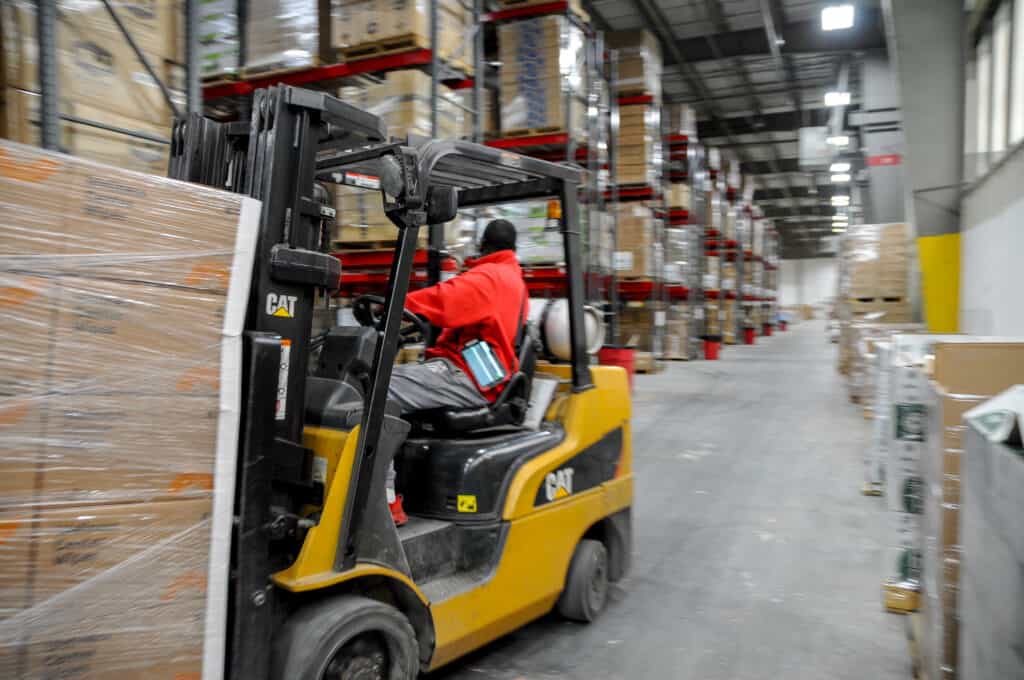
What is reverse logistics?
Reverse logistics is the process where merchandise moves from the customer back to the distribution center. It is the opposite of traditional logistics, in which merchandise moves from the manufacturer to the fulfillment warehouse to the customer. Most fulfillment centers should be able to handle reverse logistics management.
When a product is returned to the warehouse, the warehouse staff will examine the conditions of the product. Depending on the condition of the product, it is either restocked on the shelf for sale or marked as damaged to be repaired or discarded.
Other examples of reverse logistics include return shipping from retail buyers and returns of unsold merchandise from a wholesale customer. The process allows your customers to indicate which items they are returning for easy restocking and replacement.
Managing your reverse logistics supply chain is just as important as managing other aspects of your supply chains. Careful returns management can save you money on your return logistics. In addition, a reverse logistics system that’s easy for customers is an asset to your eCommerce business.

The importance of your reverse supply chain
Your reverse operations should flow as smoothly as your outbound logistics process. Returns management is particularly important if you sell products that people need to try on. This includes sized products such as apparel or shoes. Items that are sold as gifts and during the holidays may also have higher return rates.
Perhaps your return rates are lower than the eCommerce industry average (about 20%). In this case, reverse logistics are still an important part of your operations. Your reverse logistics supply chain management plays a key role in customer satisfaction. It is also important for the financial health of your business.
Here are just a few of the reasons you should ensure that your reverse operations are working well.
Free returns boost sales
Customers love free returns. Free returns give them the confidence to order when they are unsure about size or color. In fact, a free returns policy is second only to free shipping in motivating customers to make online purchases.
Companies like online shoe retailer Zappos have built their brand on their liberal return policies. Online mattress retailers couldn’t ship their heavy products if customers had to pay the price for return shipping. However, free returns come at a price. When mattress retailer Casper made plans to go public, its financial statements revealed the high cost of its reverse logistics operations.
If you want to offer free return shipping, it’s important to streamline your reverse logistics system. Otherwise, the costs of shipping and receiving each returned item can be prohibitive.
Not every business needs to offer free returns. However, you may need to cap the price of return shipping that the customer pays. This is particularly true if you sell bulky or heavy products.
Your reverse operations can keep your products from sitting in limbo
What happens to a returned item when it arrives in the warehouse? Reverse supply chain management includes the logistics system for processing returns. Not all returned products can be resold. However, it’s important to quickly place undamaged items back into inventory.
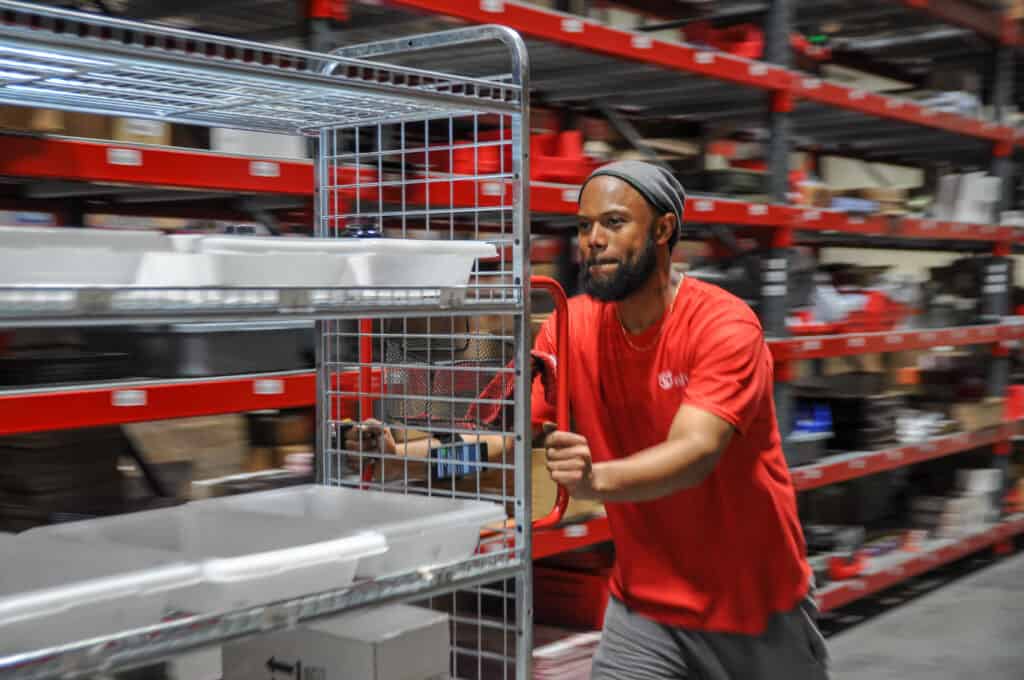
Forward and reverse logistics are equally important to your supply chain management
Customers want fast, efficient, and transparent fulfillment when they place an order. They want fast, efficient, and transparent returns management as well. If the cycle time for returns is too long, customers may get anxious and frustrated. Don’t assume that you’ve lost a customer just because they returned a product. Keeping customers happy with returns is just as important as keeping them happy with order fulfillment. A well-managed reverse logistics system lets customers know what to expect, provides prompt refunds, and leads to repeat sales.
What you can – and can’t – do to reduce return rates
While you can’t completely avoid returns, you can take some steps to lower your return rate. One thing you shouldn’t do: make returns difficult. A complex, unclear, or expensive return process may cut down on your return rate. However, it will probably also reduce your sales. No eCommerce company can afford frustrated or angry customers.
Here are a few of the things you can do to reduce your return rates:
- Provide clear and detailed product descriptions. This includes materials and measurements, where possible, so customers know exactly what they’re getting.
- Include multiple good photos of each product. Some of the photos should show the product in use. A customer can get a better idea of the dimensions of a lamp, for example, if they can view it in a living room setting.
- Make your return policies clear and easy to find on your website. This saves customer service staff time. It also helps your customers understand when they can and can’t return an item.
- Take steps to reduce damage during shipping. More on this below.
7 ways to improve your reverse logistics management
Reverse logistics is a cost of doing business for eCommerce companies. However, smart reverse logistics management can limit this expense. You may even be able to turn your reverse supply into a profit center. Here are some ways to make reverse logistics work for your business.
Use packaging to reduce return rates
The box an order ships in plays a big role in whether it arrives in good condition or dented, crushed, or broken. However, you don’t want to send orders in oversized boxes that are mostly infill. That can lead to higher shipping costs and even DIM weight charges. At Red Stag Fulfillment, we have a state-of-the-art packaging machine. It calculates the optimal box size for each order. Then it creates the perfect box to deliver your products without a scratch.
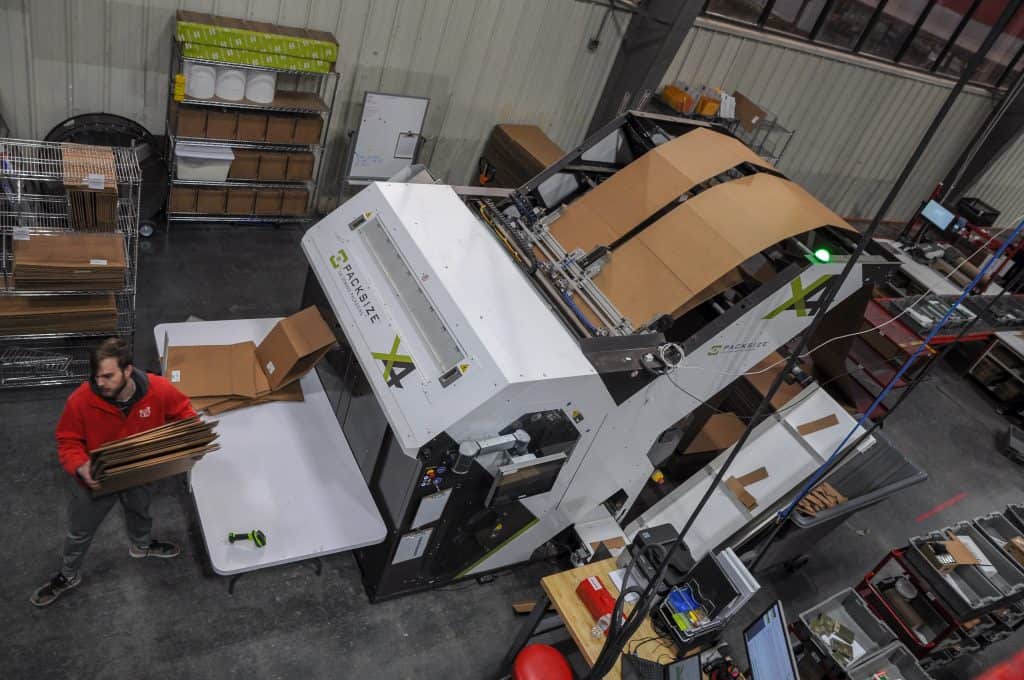
Create a returns policy that meets customer demand and protects your profits
Your reverse logistics system isn’t just about customer demand. It has to work for you. Be as generous as you can, but don’t be afraid to set limits. Some eCommerce businesses give customers a deadline for returns. The more quickly a customer sends back a return, the greater the chance it will be in resalable condition.
You may also want to exclude certain items from your return process. The margin on sale items may be too low to accept returns. For the same reason, you might take returns only of items over a certain price point.
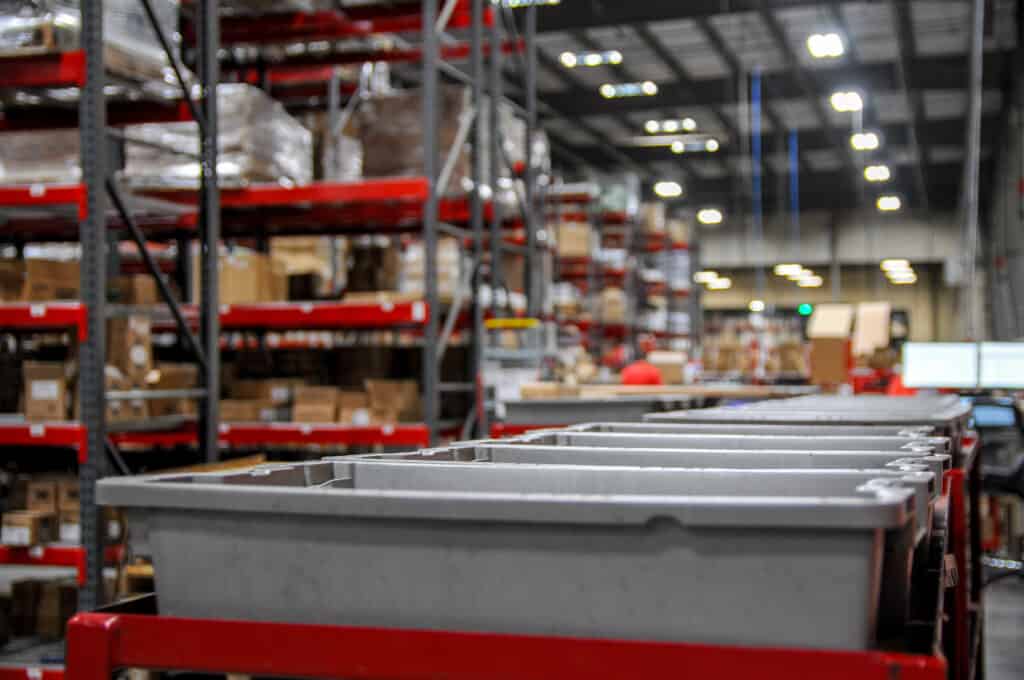
Provide an easy, automated process for returns
You don’t have to offer a lot of options for customer returns. Figure out a cost-effective reverse logistics process and stick with it. Reduce customer service time and expense by guiding your customers through an easy online returns process. Reduce your shipping costs by negotiating return shipping rates with your carrier.
Save money with help from a reverse logistics expert
When you work with outsourced reverse logistics providers, you get expert help processing returns. The reverse logistics experts can help you refine your reverse supply chain to save time and money.

Quickly assess the condition of returned product
Returned items can fall into several categories. An item in perfect condition may be ready to place back into stock. A return that can’t be sold as new could be sold at a discount or donated. Defective or damage products need documentation and proper disposal. Work with reverse logistics providers who can do this assessment for you quickly. The faster you process returns, the better chance you have to sell returned items. A fast turnaround also gives customers their refunds more quickly, which improves customer satisfaction.
Use return logistics data to improve product design
Collect data on returns just as you would on sales. Ask customers to tell you why they are returning each item. Make this a standard as part of your reverse logistics process. If you can spot patterns, this may help you improve your product design. Maybe you need better product documentation to help customers use a new item. Or you might want to source different raw materials for a product with a high failure rate. Perhaps a garment is sized too generously. In that case, a note about sizing could help customers make better choices when they place their orders. Returns provide vital information that can help you build your business.
Market returns at a discount
American consumers love a discount. Consider finding a secondary market for returned items that you can’t sell as new. Some companies wholesale returned items to resellers. Others create a separate sales vertical for those discounted products.
Reverse logistics experts can help your eCommerce business grow
A positive experience with a return can actually boost consumer loyalty. Your best partner for returns is a 3PL reverse logistics company. You’ll get to work with reverse logistics experts to help you achieve greater customer satisfaction. And fulfillment professionals can help you save money on reverse logistics.
For example, at Red Stag Fulfillment we have set up a process where we take a photo of every returned item. That way, our clients can help evaluate returns and we can process them. Ask your 3PL how they can help you streamline your reverse logistics system.








